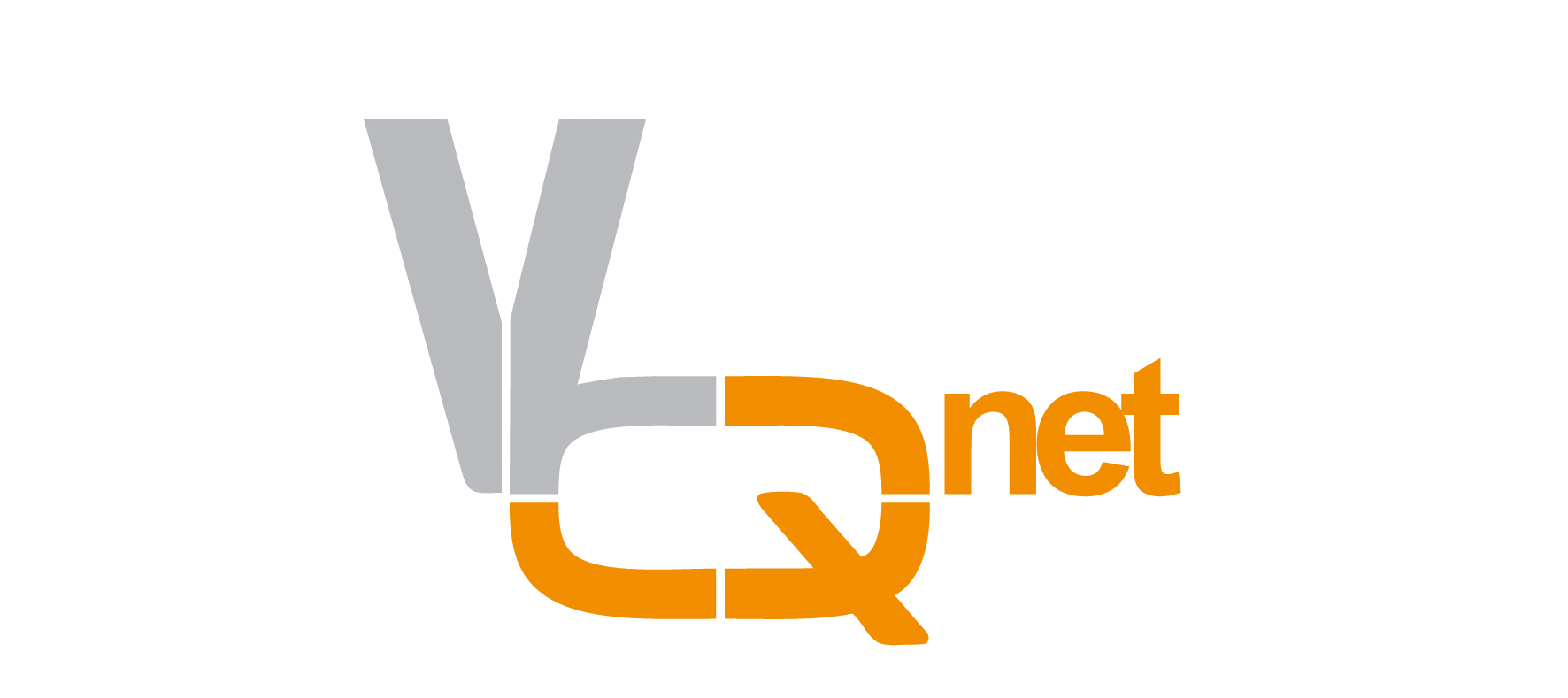Introduction
Comparing training programmes and understanding qualifications from other countries` systems is one of the main challenges of ECVET implementation. This is because of the various approaches, concepts and traditions for designing and describing qualifications. The VQTS model seeks to transcend the incomparability of qualifications and training contents by focussing on work processes. Of course, differences exist between national ways of offering and organising training but one can identify many similarities in the tasks of modern work processes. Different countries tend to apply similar material, technologies and processes. Therefore, the occupational requirements or the core work tasks – and the necessary vocational or professional competences – in an occupational field can be better compared than the training programmes in different countries for these competences.
The VQTS model provides a ‘common language’ to describe competences and their acquisition and also offers a way to relate these competence descriptions to the competences acquired in training programmes. It enables the transparent representation of work-related competences and the process of competence development:
- On the one hand, the VQTS model focuses on competences related to the work process and identifies the core work tasks within the context of the particular occupational field.
- On the other hand, the VQTS model follows a ‘development logical’ differentiation of a competence profile (known as a competence development or acquisition model) and thus can also describe the acquisition of competences.
The description of competences in relation to core work tasks can be seen as an attempt to bridge the terminological and ideological gap between the world of education and the world of work.
The core elements of the VQTS model are the competence matrix and competence profiles:
- A competence matrix presents the competences related to core work tasks ("competence areas") in a specific occupational field and the progress of competence development ("levels of competence development") in a structured form in a table.
- Competence profiles are compiled from the individual parts of this competence matrix.
The VQTS model was originally developed to support transnational mobility in the context of ECVET. However, a competence matrix can also be used to develop qualifications, training programmes and occupational profiles as well as for personnel planning, the allocation of qualifications to qualification frameworks or the increase of permeability between vocational and higher education.
